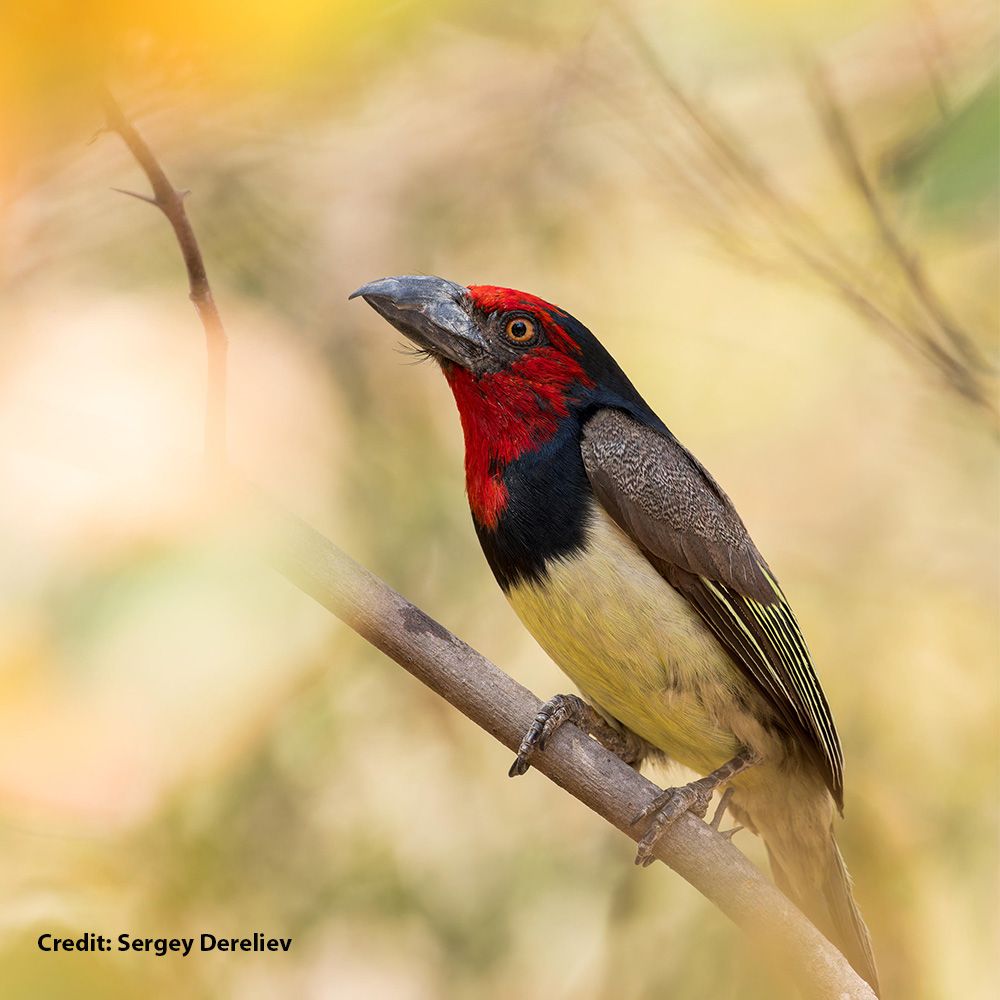Dr. Joan Dudney
@dudney-joan.bsky.social
2.2K followers
1.4K following
47 posts
Assistant Professor @ucsantabarbara Global Change Forest Ecologist @switzernetwork @SmithFellows @PeaceCorps #BLM
Posts
Media
Videos
Starter Packs
Pinned
Reposted by Dr. Joan Dudney
Reposted by Dr. Joan Dudney
Reposted by Dr. Joan Dudney
Reposted by Dr. Joan Dudney
Reposted by Dr. Joan Dudney
Reposted by Dr. Joan Dudney
Reposted by Dr. Joan Dudney
Reposted by Dr. Joan Dudney
Reposted by Dr. Joan Dudney
Reposted by Dr. Joan Dudney
Reposted by Dr. Joan Dudney
Dr. Joan Dudney
@dudney-joan.bsky.social
· Aug 23
Dr. Joan Dudney
@dudney-joan.bsky.social
· Aug 21



















